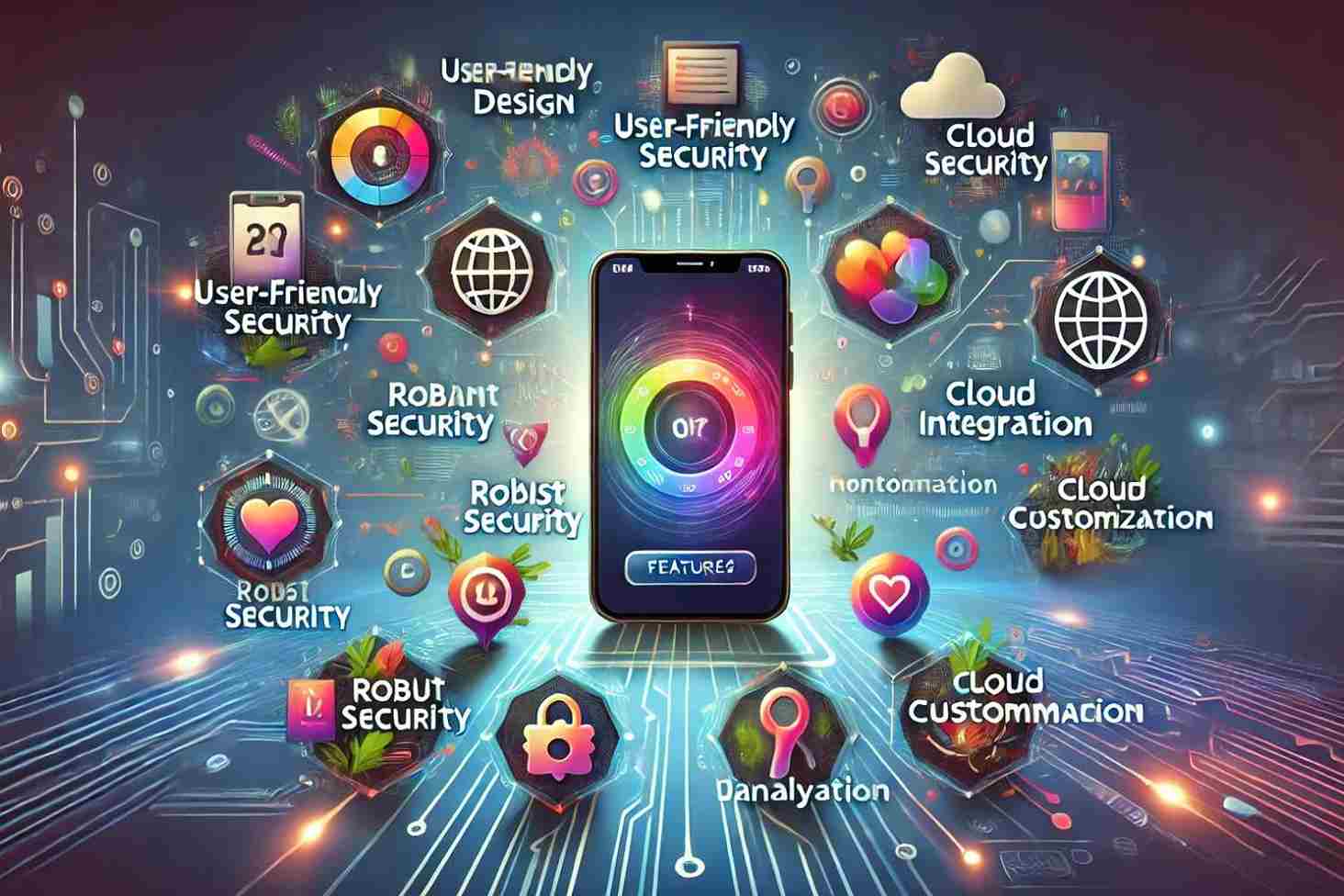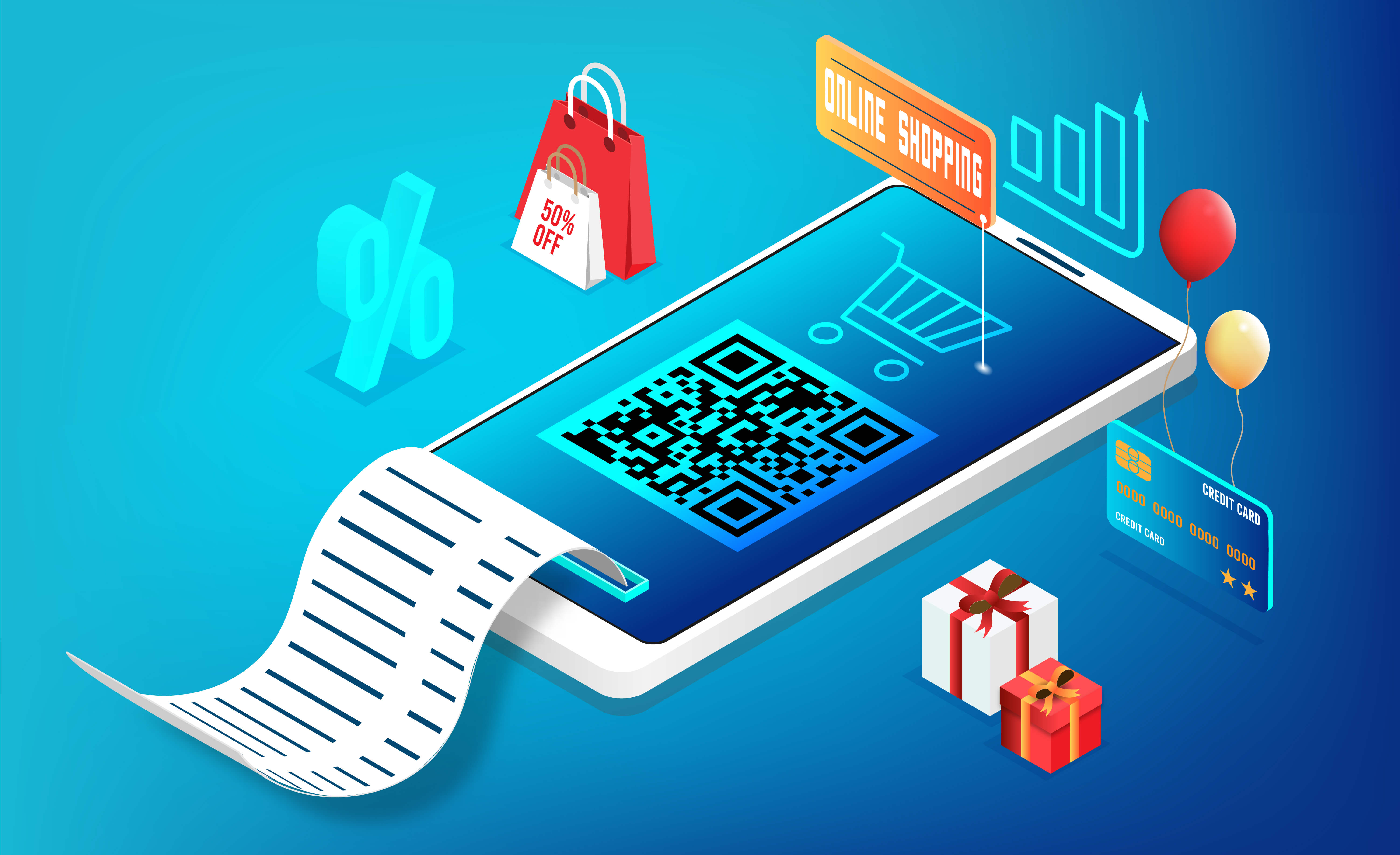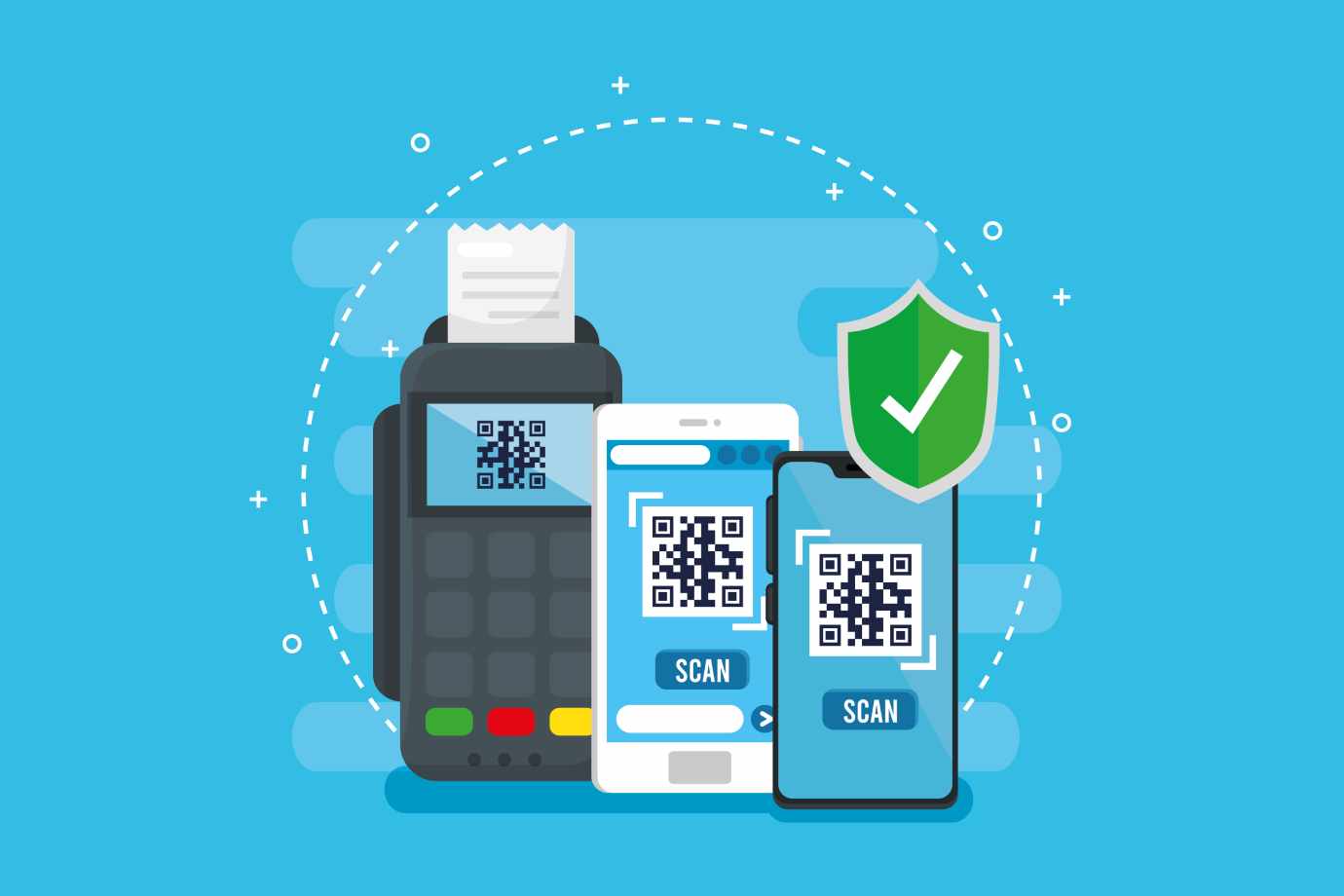In today’s fast-paced digital world, mobile apps have become the cornerstone of user engagement and business growth. With millions of apps vying for attention, standing out requires more than just a great idea. A successful app not only attracts users but also retains them through an intuitive experience, valuable features, and seamless performance.
So, what separates a successful app from the rest? Here are the essential features every mobile app should have to thrive in this competitive landscape.
Index
- User-Friendly Interface (UI) and User Experience (UX)
- Seamless Onboarding Process
- High Performance and Speed
- Cross-Platform Compatibility
- Push Notifications
- Robust Security Features
- Offline Functionality
- Personalization and AI Integration
- Social Media Integration
- Regular Updates and Bug Fixes
- Analytics and User Feedback
1. User-Friendly Interface (UI) and User Experience (UX)
A well-designed UI/UX is the foundation of any successful app. Users expect a clean, intuitive, and visually appealing interface that allows them to navigate seamlessly.
Key Elements:
- - Minimalistic design with clear calls to action
- - Easy navigation and logical content flow
- - Consistent branding and design elements
2. Seamless Onboarding Process
First impressions matter. A smooth and straightforward onboarding process increases user retention rates. The goal is to reduce friction and guide users efficiently.
Best Practices:
- - Offer multiple sign-up options (social media, email, phone number)
- - Provide a brief tutorial or walkthrough
- - Allow guest access with limited features to let users explore
3. High Performance and Speed
No user likes a slow app. Performance optimization ensures the app loads quickly, operates smoothly, and provides a glitch-free experience.
Optimization Tips:
- - Compress images and reduce unnecessary animations
- - Optimize code and use lightweight frameworks
- - Regularly test for speed across different devices
4. Cross-Platform Compatibility
Developing an app that functions well across iOS and Android expands your reach and user base.
Approach:
- - Use cross-platform development tools like Flutter or React Native
- - Ensure uniform design and features across platforms
5. Push Notifications
Push notifications drive engagement by reminding users of app updates, promotions, or personalized content.
Effective Use:
- - Personalize notifications based on user behavior
- - Avoid overloading users with frequent alerts
- - Time notifications strategically to maximize interaction
6. Robust Security Features
With rising concerns over data privacy, security is a non-negotiable feature for any app.
Security Measures:
- - End-to-end encryption for sensitive data
- - Multi-factor authentication (MFA)
- - Regular security audits and updates
7. Offline Functionality
Allowing users to access core features without internet connectivity enhances usability and ensures the app remains functional in all environments.
Examples:
- - Offline access to saved content or files
- - Local data caching with automatic syncing when online
8. Personalization and AI Integration
Personalization creates a unique user experience by offering relevant content, recommendations, and settings tailored to individual preferences.
How to Implement:
- - Use AI to analyze user data and predict behavior
- - Customize app interfaces based on user preferences
- - Implement adaptive learning algorithms
9. Social Media Integration
Social media features boost user engagement and facilitate seamless sharing and logins.
Benefits:
- - Faster sign-up and login process
- - Easy content sharing across platforms
- - Increased app visibility through user referrals
10. Regular Updates and Bug Fixes
Continuous improvement keeps your app relevant, stable, and competitive.
Key Practices:
- - Address user feedback promptly
- - Release new features and patches regularly
- - Test new updates rigorously before launch
11. Analytics and User Feedback
Understanding user behavior helps refine the app and tailor features to meet user needs.
Implementation:
- - Integrate in-app analytics tools
- - Collect user feedback through surveys or ratings
- - Use data-driven insights to optimize performance
FAQs
A well-designed UI/UX enhances user engagement, reduces churn, and creates a seamless experience that encourages users to return.
Push notifications keep users informed and re-engage them with timely updates, promotions, and personalized content.
While not essential for all apps, offline functionality benefits apps offering content consumption, note-taking, or location-based services.
Regular updates every few weeks help fix bugs, improve security, and introduce new features, keeping the app fresh and competitive.
Ensuring app security protects user data, builds trust, and prevents breaches that can damage the app’s reputation.
Conclusion
A successful mobile app is more than just a good idea. It is a combination of seamless design, high performance, personalization, and continuous improvement. By incorporating these essential features, developers can create apps that not only attract users but also foster long-term engagement and growth.
At True Value Infosoft, we specialize in crafting high-performance mobile applications tailored to your business needs. Ready to build the next big app? Contact us today!





